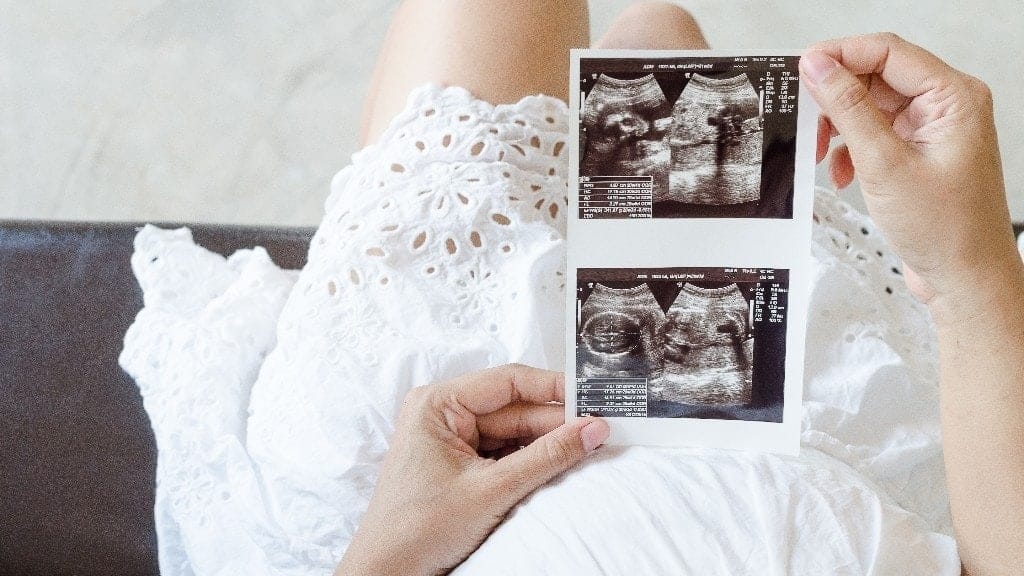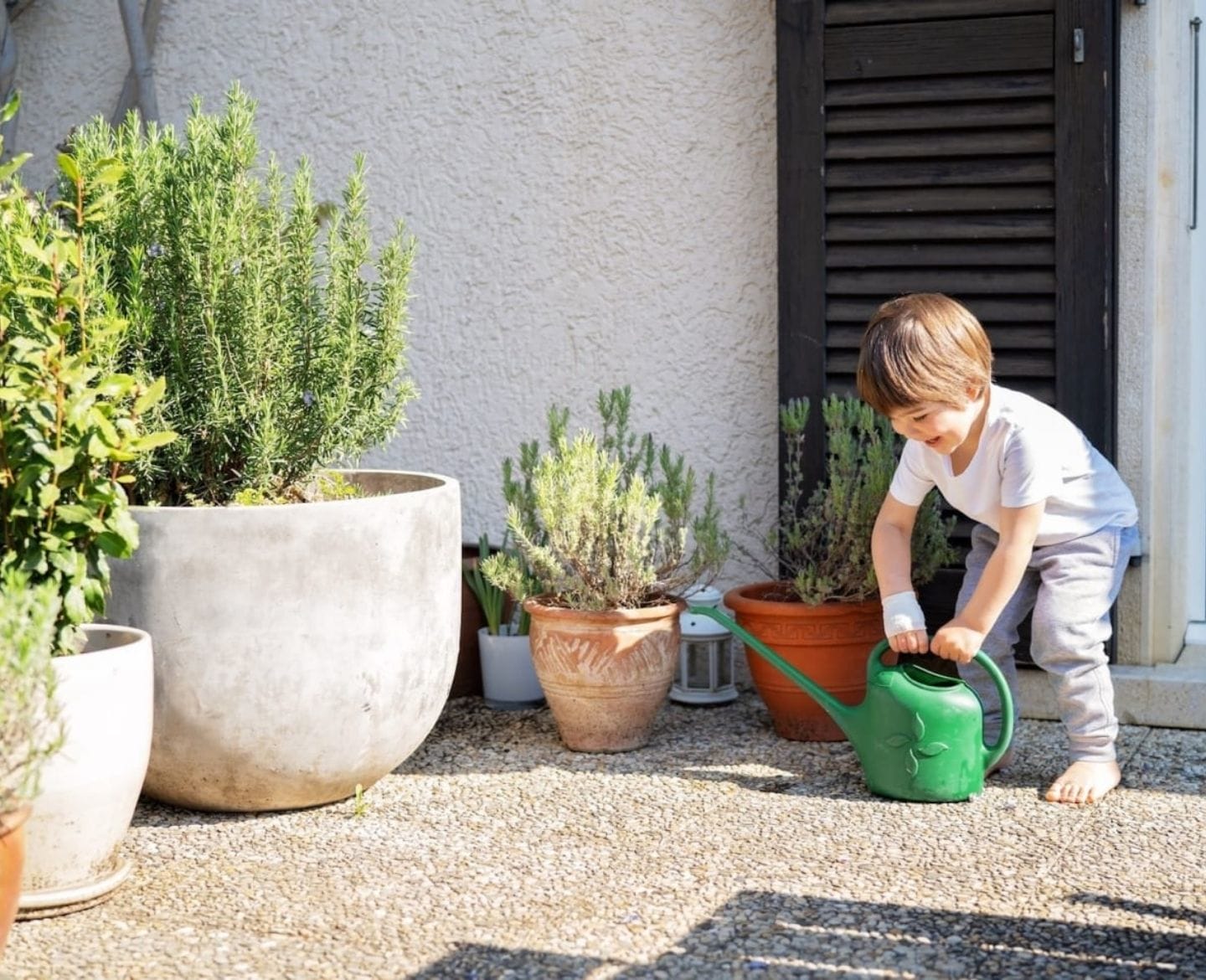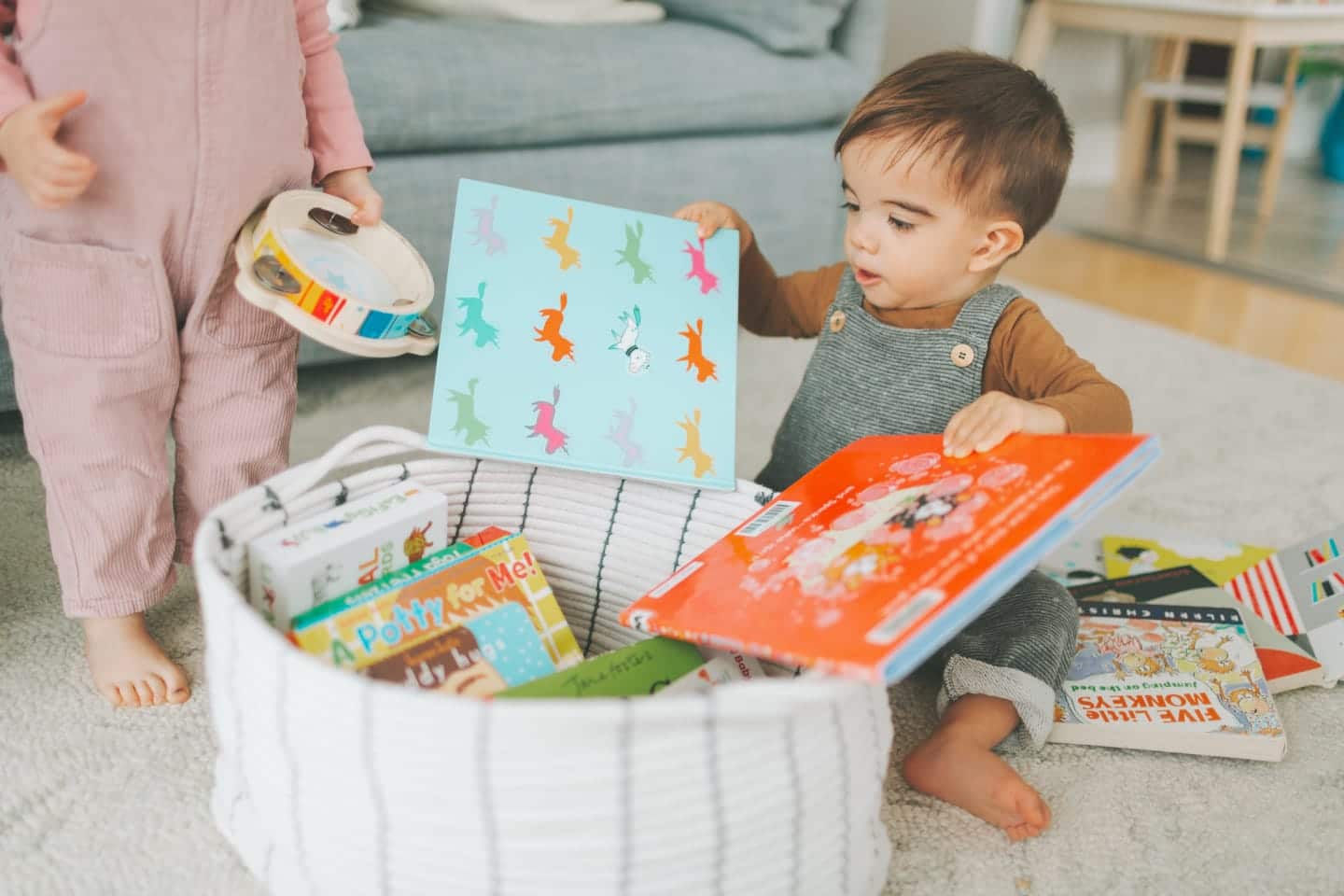8 simple tips for setting up a Montessori-style space in your home

We break it down room by room.
Table of Contents
When you walk into a Montessori classroom for the first time, it is immediately apparent that the space has been beautifully arranged with the children’s needs in mind. The same principles are easy to apply in the home. We aren’t aiming to have a perfect home, but we can be intentional in setting up our spaces.
Not every space has to be child-sized. After all, there are different-sized people with different needs in our home. However, it is possible to have a space in each area of our home that is set up for your child to enjoy and feel comfortable in, too.
Before decorating or rearranging any room, ask yourselves these three questions.
1. Can we provide:
- child-sized furniture?
- beauty, for example, with plants and art?
- ways for our child to be independent?
- attractive activities?
- less clutter?
- a place for everything and everything in its place?
- storage?
2. Can we see the space through our child’s eyes?
3. Can we make a space in each room of our home for our child?
Here are eight tips for setting up your home Montessori style.
- Think child-sized. Find furniture that the child can manage without help. Look for chairs and tables that are the right height to allow their feet to sit flat on the floor; cut the legs of the furniture a bit if necessary.
- Incorporate beauty into the space. Display art and plants at the child’s height for them to enjoy.
- Set them up for independence. Have activities and materials set up in trays and baskets so they have everything they need at the ready; look for ways to make it easy for the child to help themselves.
- Set out attractive activities. Have age-appropriate activities beautifully arranged on shelves—rather than in toy boxes—that are inviting to them.
- Less is more. Displaying only a few activities helps the child’s concentration; display only the ones they are working to master, so they don’t feel overwhelmed.
- Create a place for everything and everything in its place. Toddlers have a particularly strong sense of order. When we have a place for everything and everything is in its place, it helps them learn where things belong (and where to put them away).
- See the space through their eyes. Get down to the child’s height in each space to see what it looks like from their perspective. We may see some tempting wires or some clutter under the shelves, or it may feel overwhelming.
- Store and rotate. Create storage that ideally is out of children’s sight and easy on the eye—think floor-to-ceiling cupboards that blend into the wall color, an attic space, or containers that can be stacked in a storage area or behind a couch. Store most of the child’s activities, and rotate the activities on their shelves when they are looking for new challenges.
Room by room
Let’s look at the different areas of our home and see how these principles can be applied. These are only ideas and are not prescriptive. Adapt them to suit. Limitations of space or light give us opportunities to be creative.
Living room
- Low two- or three-tier shelves for activities. If you have more than one child, use lower shelves for the younger child’s activities and higher shelves for older children’s activities. Be sure the higher shelves are out of reach of the younger sibling, or use containers that the younger child cannot manage to open. For reference, the shelves in my classroom are 40″ long by 12″ deep by 15″ high (120 cm by 30 cm by 40 cm).
- Small table and chair, preferably by a window—cut the legs down if needed so the child can put their feet flat on the floor. For example, the chair seat height would be around 8 inches (20 cm) and the table height around 14 inches (35 cm).
- Easy-to-roll floor mats (around 27 inches by 20 inches, or 70 cm by 50 cm) stored in a basket and used to mark a space for their activity.
Bedroom
- Floor mattress or toddler bed that the child can climb in and out of by themselves
- If space allows, a small shelf with a few activities for them to quietly play with when they wake
- Book basket or shelf
- Full-length mirror—helps the child see their full body schema, and aids dressing
- A small wardrobe with shelves, drawers, or hanging space that the child can reach. Or use a basket with limited choices of seasonally appropriate clothing to choose from each day. Store out-of-season clothing out of reach to avoid potential battles.
- Ensure the room is completely childproof—cover electrical sockets, remove any loose wires, put curtain cords (which present a choking hazard) out of reach, and install child locks on windows.
The importance of the home environment
These ideas should help inspire us to reduce the chaos and create more engaging spaces for our child.
Other benefits include:
- Encouraging the child to take part in daily life
- Aiding their independence
- Providing peaceful, nurturing, and creative spaces for the whole family
- Helping build the child’s concentration with less clutter and fewer, more focused activities
- Allowing the child to absorb and appreciate beauty
- Beginning to show them how to be responsible for their things
- Helping them absorb the culture(s) in which they live
Setting up our home can help to create some calm in our life with our child. I hope these ideas serve as inspiration to make a few changes today. We can always continue to work on our homes, gradually making things even more accessible, more attractive, and more engaging for our child.
Excerpted from The Montessori Toddler: A Parent’s Guide to Raising a Curious and Responsible Human Being by Simone Davies (Workman Publishing). Illustrations by Hiyoko Imai. Copyright © 2019.





































